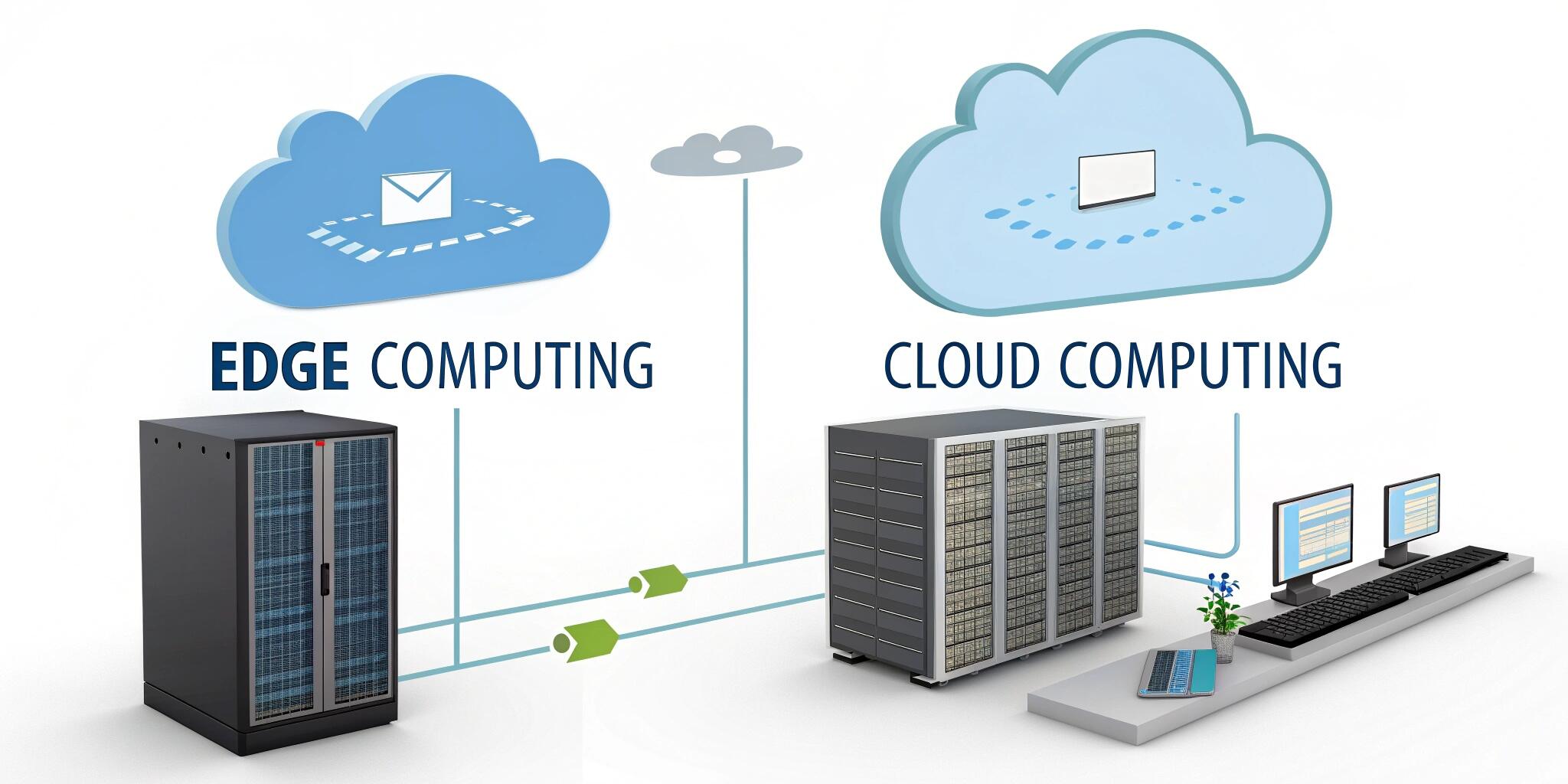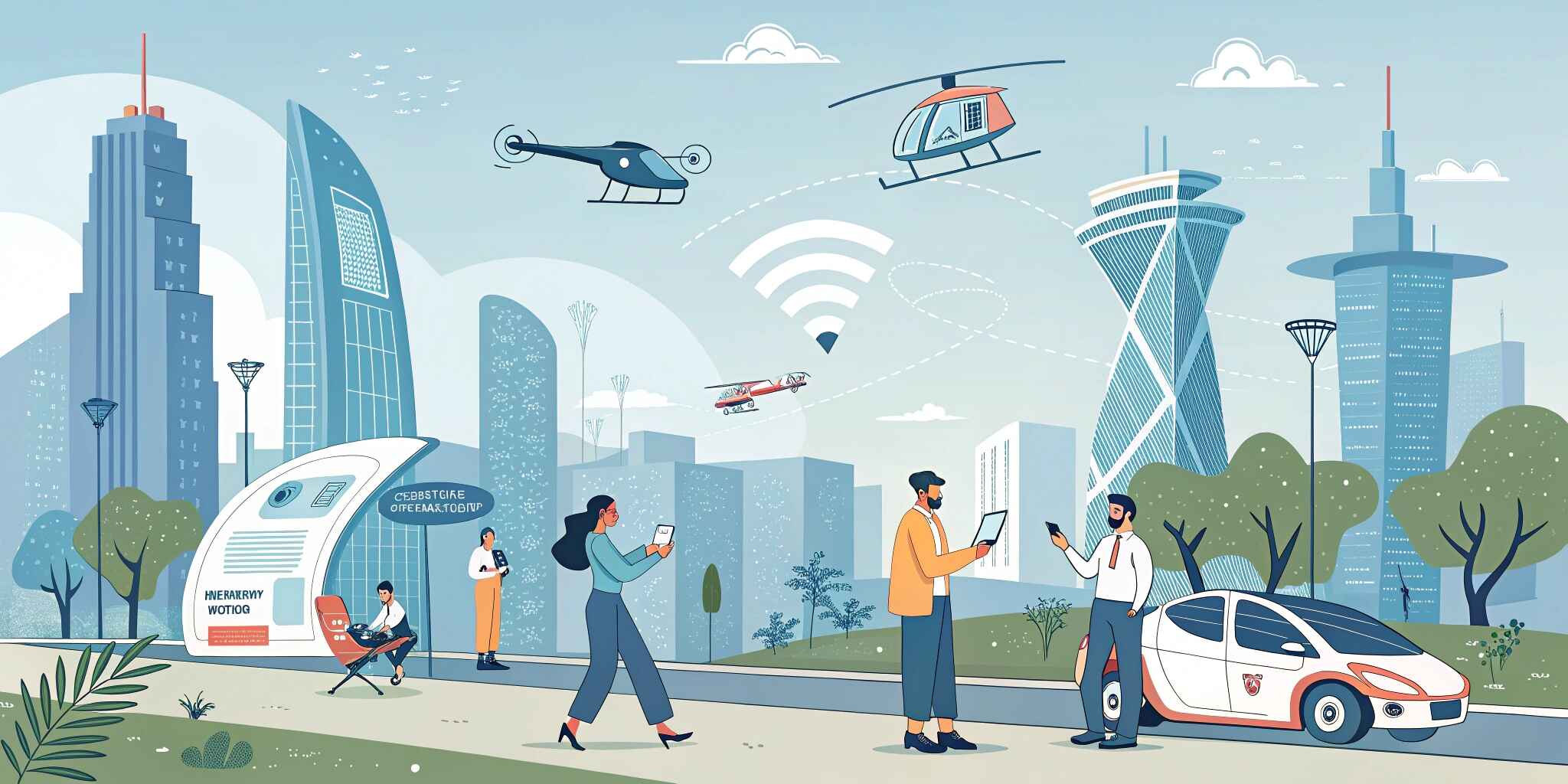As technology evolves, data processing and infrastructure solutions have expanded beyond traditional models. Two leading paradigms—edge computing and cloud computing—offer distinct advantages and challenges.
But which is right for your application or business?
What is Cloud Computing?
Cloud computing delivers computing services like storage, servers, databases, and software over the internet. Providers like AWS, Microsoft Azure, and Google Cloud manage the infrastructure, allowing users to scale resources on demand.
Pros of Cloud Computing:
Scalability and flexibility
Centralized data management
Lower upfront costs
Managed services and support
Cons of Cloud Computing:Latency issues
Dependence on internet connectivity
Potential data privacy concerns
What is Edge Computing?
Edge computing brings computation and data storage closer to the data source—near the user or device. This reduces latency and bandwidth use by processing data locally before sending it to the cloud or data center.
Pros of Edge Computing:
Low latency and faster response times
Improved performance in remote or offline environments
Reduced bandwidth consumption
Enhanced privacy and security
Cons of Edge Computing:
Higher initial infrastructure costs
Limited processing power compared to cloud
Complex management and maintenance
Use Case ComparisonCloud Computing:
Ideal for enterprise apps, big data analytics, and SaaS platforms.
Edge Computing:
Best for IoT applications, autonomous vehicles, real-time analytics, and AR/VR.
Choosing the Right ModelThe best choice depends on your specific needs:
Use cloud computing when scalability and remote access are priorities.
Choose edge computing when real-time processing and local data handling are critical.
Many modern solutions blend both—leveraging edge for local processing and cloud for centralized storage and analytics.
Conclusion:
Both edge and cloud computing offer unique strengths. By understanding their differences and aligning them with your technical and business requirements, you can build a more efficient and resilient infrastructure.


